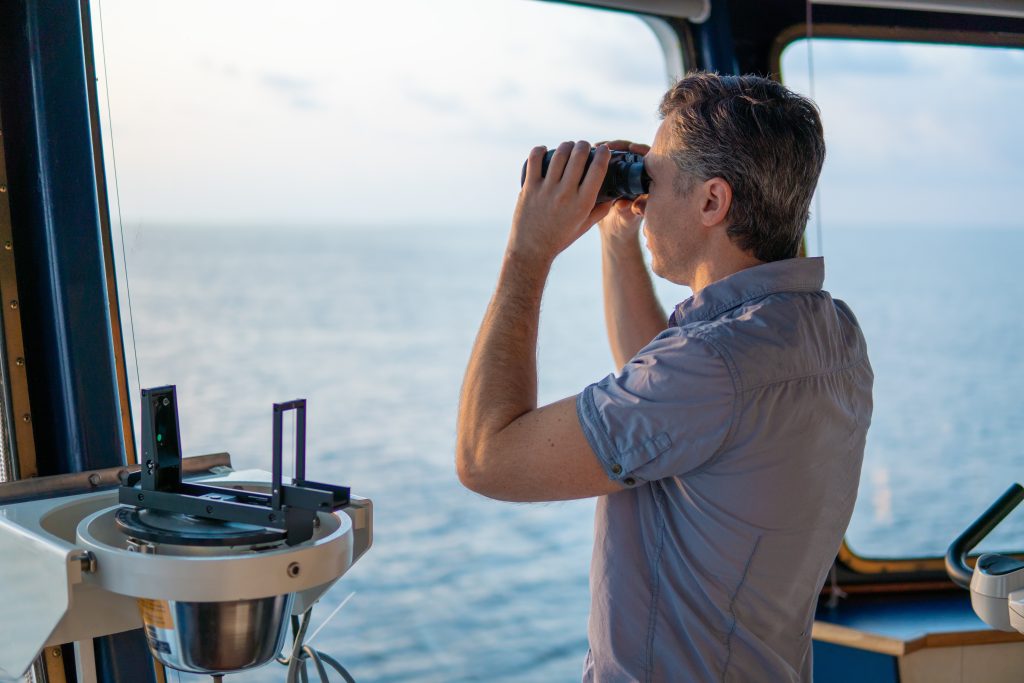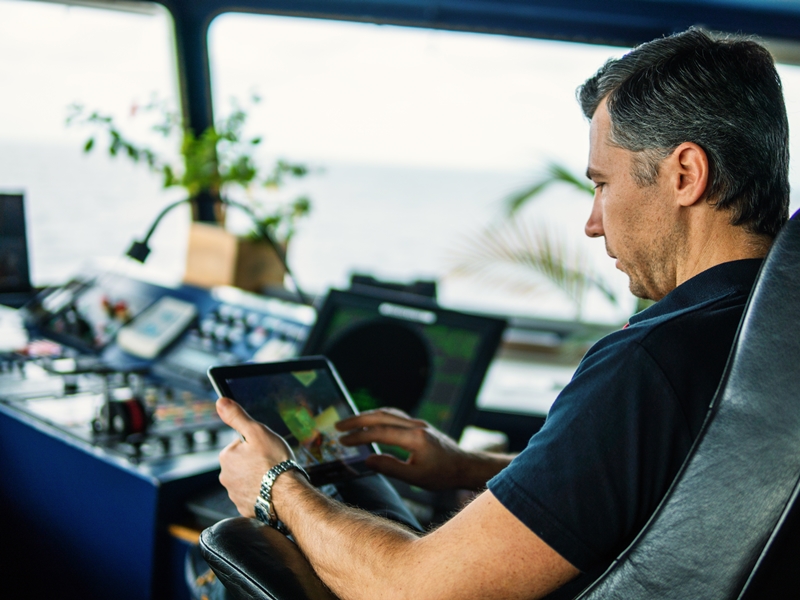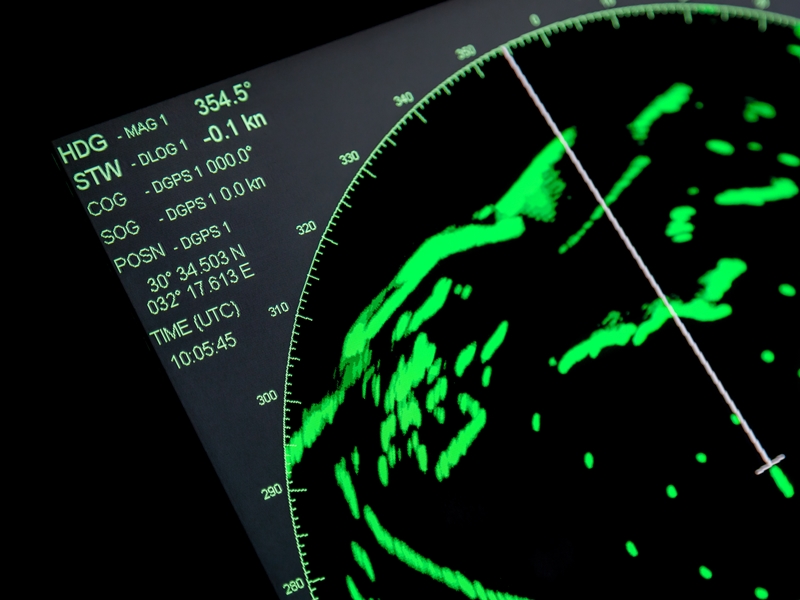The Role of the Collision Regulations
Every mariner, whether they navigate a commercial vessel, a cruise liner, or a small yacht, must adhere to a set of universal rules to ensure safety at sea. One such set of regulations, the International Regulations for Preventing Collisions at Sea (IRPCS), often colloquially referred to as the “Rules of the Road,” has a rich history and plays an essential role in global maritime safety.
A Brief History of the IRPCS Collision Regulations
The history of the IRPCS dates back to the mid-19th century. Before these regulations, local rules, customs, and even different interpretations of maritime traditions made sailing more hazardous than it needed to be. The confusion and ambiguity led to frequent collisions at sea, prompting maritime nations to seek a more standardised approach.
The initial step toward standardisation was taken in 1840 when the British Board of Trade issued local rules for preventing collisions in British waters. However, it wasn’t until the 1850s that the UK Maritime Law Amendment Act introduced universal rules. These rules, termed the ‘Steam Navigation Act,’ primarily applied to steamships and laid the groundwork for international regulations.
The first international attempt to standardise collision regulations came in 1863, when the British government proposed to foreign nations a set of sea traffic rules. This resulted in the adoption of the Articles for the Prevention of Collisions at Sea during the 1863 Washington Conference. However, these articles were not binding, and it took another conference in 1889 to lead to the first truly international regulation, the International Regulations for Preventing Collisions at Sea.
Since then, these regulations have seen several revisions to accommodate technological advancements and changes in shipping practices. The most significant update was in 1972 when the International Maritime Organisation (IMO) significantly updated the regulations. The rules we use today are primarily based on this 1972 version.


The Role of IRPCS to the Mariner at Sea
For mariners, the IRPCS is an essential guide that outlines the conduct of vessels in any condition of visibility, the conduct of vessels in sight of one another, and navigational signals for vessels underway and in restricted visibility. These regulations are designed to offer a common standard for behaviour to prevent collisions between two or more vessels.
A crucial aspect of IRPCS is its universality. No matter where a mariner sails, they can expect other vessels to adhere to the same set of rules. This predictability is crucial for safe navigation, particularly in congested or limited visibility conditions.
Under the IRPCS, every vessel at sea is required to maintain a proper look-out, proceed at a safe speed, and determine if a risk of collision exists. Furthermore, it details the action to be taken to avoid collisions, and the conduct of vessels in restricted visibility.
For a mariner, understanding and implementing these rules isn’t just a requirement—it’s a professional duty. The effective application of the IRPCS helps reduce the risk of accidents, ensuring the safety of the crew, the vessel, and the marine environment. In many ways, the IRPCS serves as the first line of defence against collisions at sea.


Conclusion
Over time, the International Regulations for Preventing Collisions at Sea (IRPCS) have undergone several changes, shaped by the evolving maritime world. They play a crucial role in ensuring maritime safety by providing a universal standard of conduct for all vessels on the high seas and in navigable waters. For the mariner at sea, a firm understanding of these rules is not only legally necessary, but it is also an essential element of safe and responsible seamanship.


